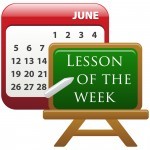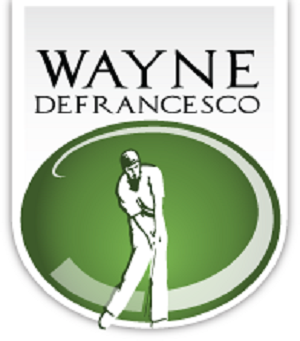Lesson of the Week: Alan Grabush- Working on a Quirky Backswing
By Wayne | Videos: Lesson of the Week

I’ve been working with Alan off and on for over 4 years now, and while we have made significant progress at times with his ball striking we have never been able to rid him of the hitch in his backswing. The biggest issue is that Alan doesn’t feel what he is doing, which means he is not aware of it unless he sees it on video. He can perfectly position the club in the mirror, and he can perform reasonable stop and go drills from different starting points, but in a full swing there is a pattern of movement that causes his hands to move toward his head in transition, which creates a steeper plane than he would like while also making difficult the task of getting the upper right arm in front of the ribcage in the forward swing and the hands further forward on the approach and at impact. In the past I have failed to account for his body motion in assessing why the arms should move the way they do, but in this lesson, I do a bit of hands on holding of his head during the swing, and the results are very encouraging.
Continue reading



